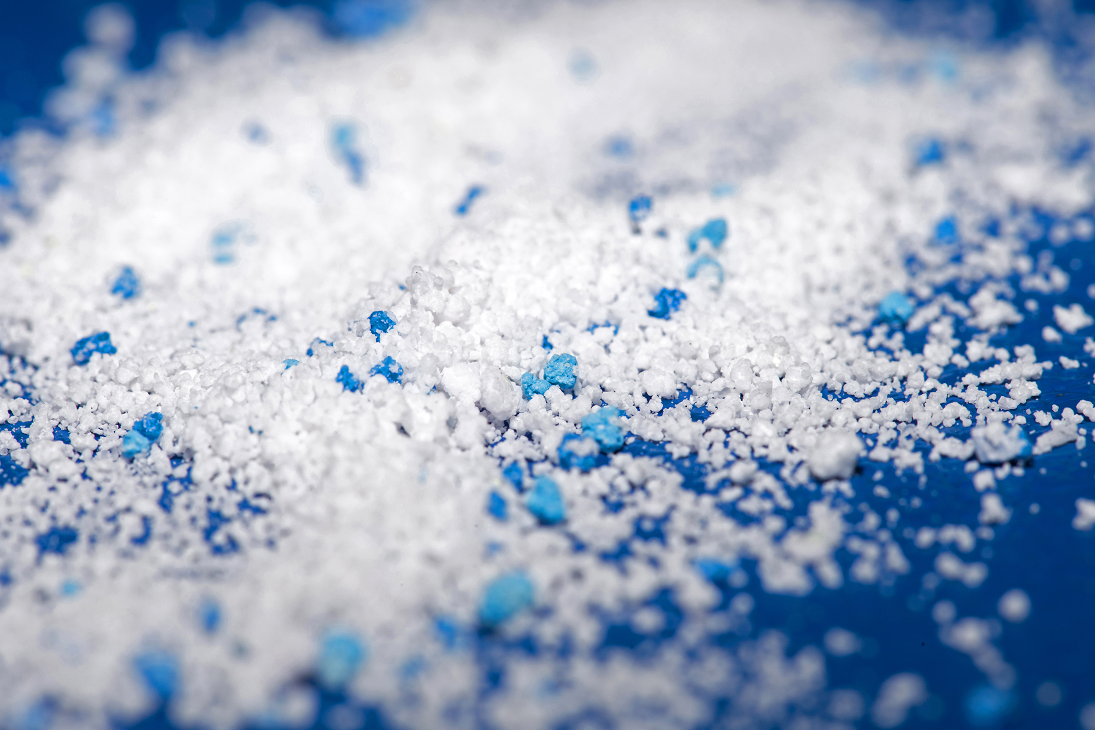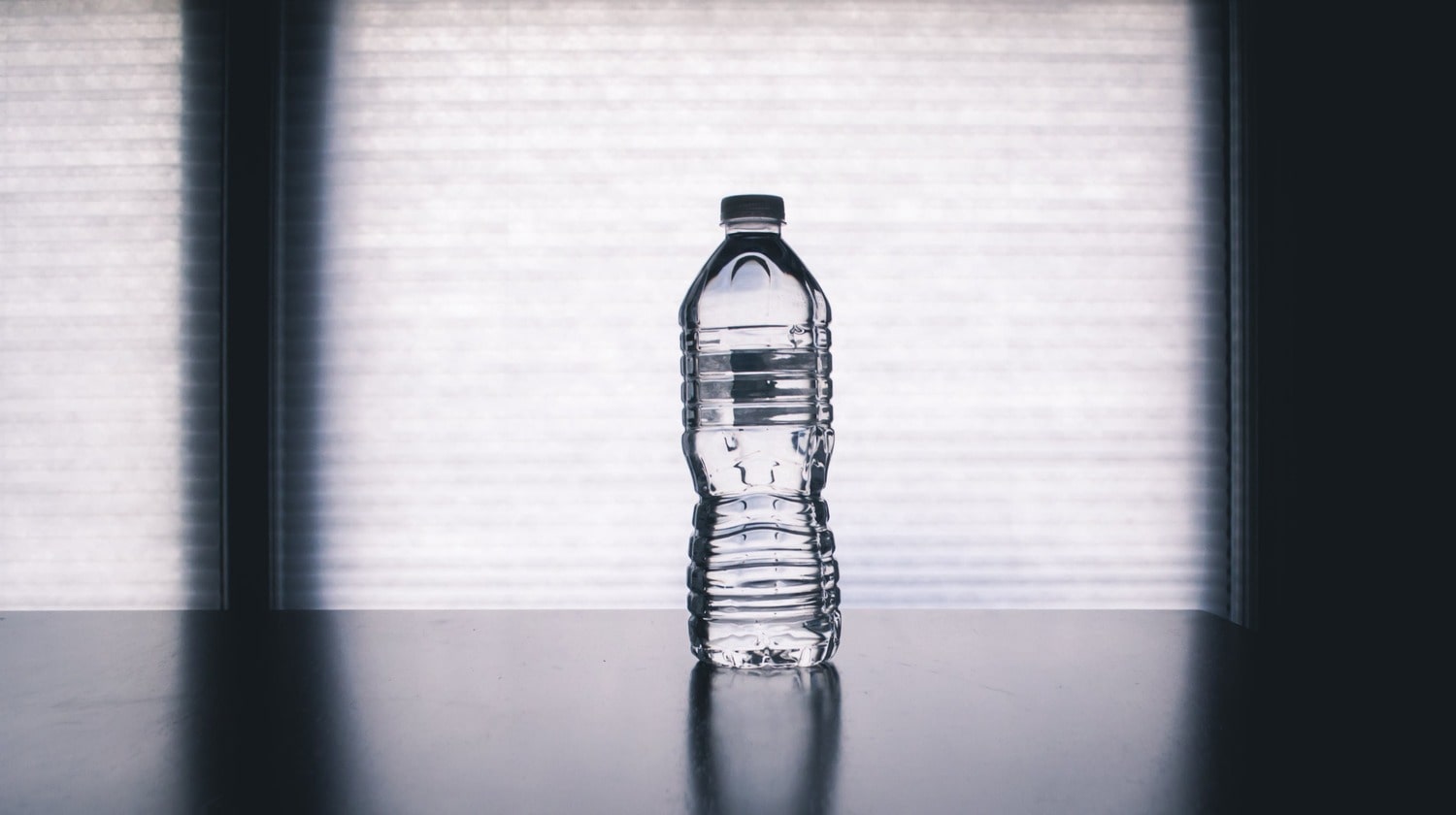A simple water bottle can release 370,000 micro and nanoplastics into the heart and brain, revealing the danger of nanoplastics penetrating cellular tissues with evident and potential consequences for the human body, according to a new study.
The low cost, versatility, and resistance to degradation have contributed to a massive and widespread plastic production since the 1950s, causing an ecological emergency with apparent and potential risks to human health. The critical situation led the UN and scientific communities to analyze polymer contamination in a primary resource like water.
A US study, examining three well-known water brands, found 110,000 to 370,000 micro and nanoplastic particles inside one-liter bottles, averaging 240,000 polymers. Invisible fragments that, according to researchers, can infiltrate tissues, enter the bloodstream, and migrate throughout the human body, releasing toxic chemicals.
GLOBAL PLASTIC PRODUCTION NEARS 400 MILLION TONS PER YEAR, WITH OVER 30 MILLION ENDING UP IN WATER OR RELEASED INTO THE ENVIRONMENT, 49% OF WHICH ARE SINGLE-USE PLASTICS.
The Columbia University Study
Previous studies had identified nanoparticle presence in plastic bottles but struggled to analyze their structure or exact number due to the lack of effective analytical techniques, given their extremely small size. Microplastics range from 5 mm to 1 nanometer, while nanoplastics range from 1 to 1000 nanometers – a nanoparticle corresponds to one-thousandth of the average thickness of a human hair, too small for conventional microscopes.
US scientists, led by Columbia University, developed sophisticated technology with powerful detection systems, shedding light on nanoscale plastic pollution with unprecedented sensitivity and specificity. Using hyperspectral imaging, researchers obtained real-time, precise, and reliable qualitative and quantitative chemical-physical information.
For the study, three water brands were examined, with their names undisclosed for research-related reasons. However, Naixin Qian, the study’s lead author, stated that the analyzed bottles were from common brandseasily available in supermarkets.
The analyzed water showed the presence of 110,000 to 370,000 micro and nanoplastic particles per liter,90% of which originated from the bottle itself, the cap, and paradoxically, the reverse osmosis membrane filter used in purifiers to eliminate specific water contaminants before bottling. These numbers were 10 to 100 times higher than previous estimates.
Scientists identified seven types of plastics among the 105 present in the bottle, including polyamide, used in purifying filters, polypropylene, polyethylene, polymethyl methacrylate, polyvinyl chloride, polystyrene, and polyethylene terephthalate (PET).
Unfortunately, these polymers represent only 10% of the detected particles, with the nature of the remaining 90% unknown.
Understanding the complexity of the research involves considering the heterogeneity of chemical substances within a polymer, including additives and colorants. According to a study by Scott Coffin, a scientist at the California State Water Resource Control Board, over 10,000 chemicals are used in plastic production, with over 2,400 considered hazardous due to toxicity or accumulation in the human body. Unfortunately, these substances are insufficiently regulated in several countries.
UN Report on Bottled Water
According to the latest report from the Institute for Water, Environment, and Health, the UN’s academic arm established in 1996, the annual production of plastic bottles reaches 600 billion, equivalent to about 25 million tons of plastic waste. The study also notes a staggering 73% growth in bottled water consumption from 2010 to 2020, projecting a doubling of sales by 2030, from the current $270 billion to $500 billion.
IWEH analyzed hundreds of bottled water brands from over 40 countries, finding significant organic, inorganic, and microbiological contamination. According to researcher Bouhlel, these results confirm that the perception of bottled water as an unquestionably safe drinking water source is misleading.
Italy as the Global Consumer
Italy ranks second globally in bottled water consumption, with 208 liters per capita annually, surpassed only by Mexico with 244 liters.
Every day in Italy, over 30 million plastic bottles and 7 million glass bottles are purchased, resulting in over 13 billion plastic waste bottles produced each year in our country.
NANOPLASTICS CROSS BIOLOGICAL BARRIERS AND ENTER VITAL SYSTEMS
Danger for Humans
Researchers have demonstrated that unlike microplastics, nanoplastics can cross biological barriers and enter the body, altering or damaging it, or even settling inside with consequences still under study.
However, the documented health risks so far can be physical, chemical, or microbiological.
Physical risks are associated with the small size of nanoplastics, which can be inhaled or ingested, causing severe consequences for the respiratory and digestive systems. Additionally, nanoparticles can surpass biological barriers and infiltrate the human body: intestines, kidneys, liver, brain, heart, testicles, and even the placenta. Associate professor of pharmacology and toxicology at the Ernest Mario School of Pharmacy at Rutgers University in Piscataway, New Jersey, Phoebe Stapleton, conducted tests on pregnant mice, discovering traces within the kidneys, lungs, liver, heart, and brain of the fetus just 24 hours after ingestion or inhalation of plastic particles.
Chemical risks arise from the presence of numerous chemical substances, including additives like phthalates, bisphenol A, colorants, and persistent organic pollutants (brominated flame retardants, polycyclic aromatic hydrocarbons, polychlorinated biphenyls). Some of these substances, such as phthalates, act as endocrine disruptors, compromising the endocrine system, reproductive sphere, and metabolism.
Microbiological risks result from plastic polymers being porous materials, potentially carrying microorganisms on their surface capable of transmitting diseases.
ACCORDING TO THE ITALIAN NATIONAL HEALTH INSTITUTE, THEY CAUSE OXIDATIVE STRESS, METABOLIC PROBLEMS, INFLAMMATORY PROCESSES, AND DAMAGE TO THE IMMUNE AND NERVOUS SYSTEMS.
Do micro and nanoplastics deposit or get expelled?
Currently, information on the persistence of plastic polymers within our bodies is insufficient. Studies have focused solely on absorption and distribution, leaving a significant gap regarding potential metabolic transformation processes, elimination, or stagnation with consequent accumulation inside the body and potential obstruction risks.




